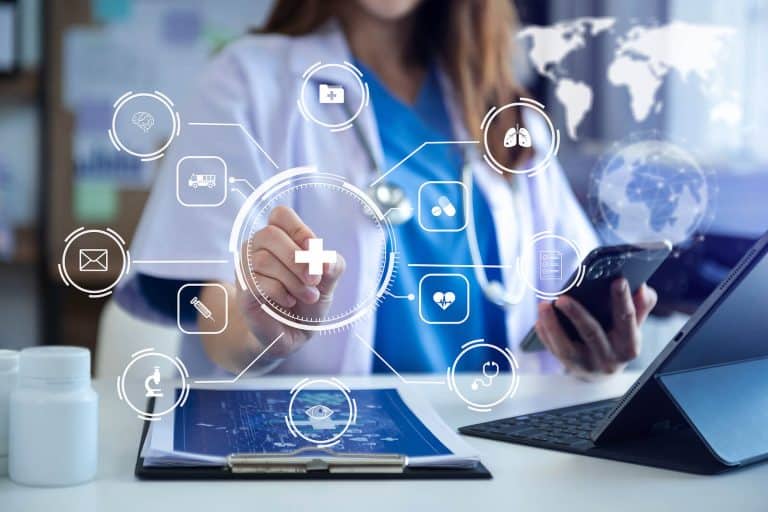When wearable devices first came to our attention, we were told that they would soon be able to be used by health professionals to improve outcomes for patients. Some ten years later, this prophecy appears to be coming true.
A surge in healthcare patient monitoring wearables will soon help reduce readmission risks and better prevent the occurrence of serious medical traumas. In turn this is expected to alleviate the growing pressures on healthcare services. ABI Research forecasts the patient monitoring wearable market, including remote and on-site devices, will grow from the current 8 million shipments in to 33 million in 2021. The device types that are predicted are diverse and include blood pressure monitors, continuous glucose monitors, and pulse oximeters, as well as newer devices like Fatigue Science’s fatigue monitoring wearable.
“While previously professional-grade patient monitoring largely limited itself to a doctor’s rounds, new wearables allow medical professionals to remotely and continuously monitor patients in the hospital and beyond,” says Stephanie Lawrence, Research Analyst at ABI Research. “The devices send real-time alerts regarding any condition deteriorations or fluctuations, in effect reducing response times to potentially life-threatening changes and saving the healthcare system resources in the long term.”
On-site professional healthcare monitoring wearables, such as those by Philips Healthcare, allow medical professionals to work with a larger base of patients, as these devices will continuously update doctors throughout the day on patients’ conditions, without the need for the doctor to physically visit the patient. The wearables help to ensure that doctors do not overlook any, perhaps imperceptible, changes in a patient’s condition before they are released from hospital.
Outside the hospital environment, remote patient monitoring wearables, like blood pressure monitors and telemedicine products by A&D Medical, can provide healthcare professionals with ongoing access to their patients’ recordings, which they would have been unable to access once their patient left the hospital. This means that doctors can now monitor their patients’ conditions more accurately, and adjust treatment in response to changes in their condition that they would otherwise have been unaware of.
A&D Medical, Medtronic, Nonin Medical, and Philips Healthcare lead the market, but startups like Fatigue Science, Health Care Originals, and Qardio are beginning to challenge these incumbents and diversify the competitive landscape, offering solutions that treat specific medical conditions.
Remote patient monitoring devices will see strong growth of nearly 35% by 2021, and will take up a 60% share of the patient monitoring market as healthcare professionals embrace the benefits that come with the ability to remotely and continuously monitor patients’ vitals,” concludes Lawrence.
These findings are part of ABI Research’s Patient Monitoring Wearables in Healthcare report.





